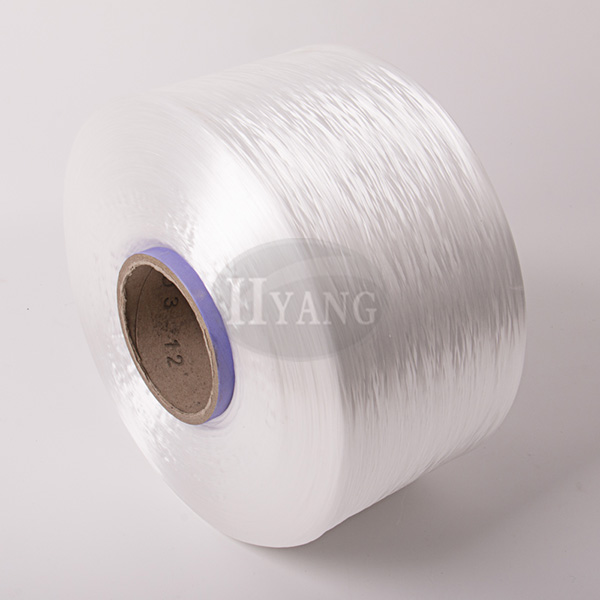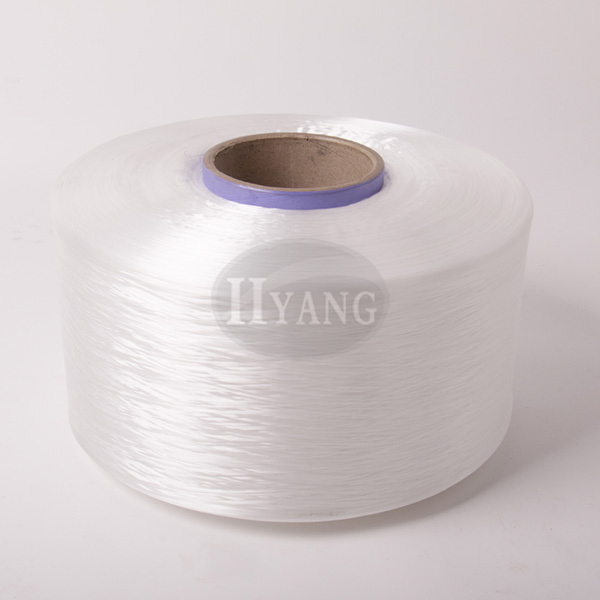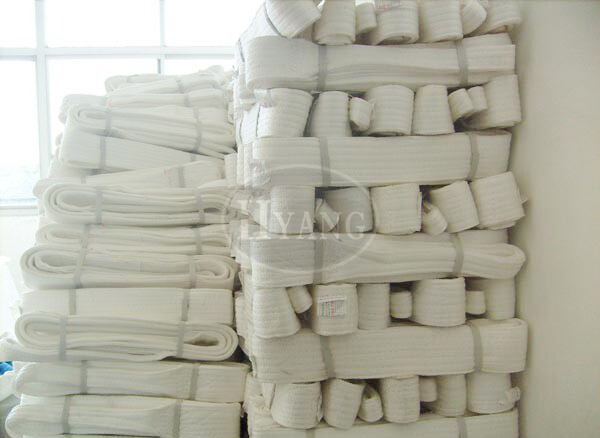
- Tel:0086-0523-87360106
- Cel:0086-18914408040 /13914429808
- E-mail:2370108759@qq.com
- Add:Heshi Town Industrial Zone, Taixing City, Jiangsu Province
Ribbon weaves warp and weft. The twisted thread is warped into a bobbin (reel), and the weft is rolled into a hook and placed on the loom's webbing. In the 1930s, hand-drawn wood looms and ironwood loom webbing were introduced. In the early 1960s, the 1511 loom was converted into a loom, which is still widely used today. Because the width of the belt is small, the weaving method is different, there are single roots, double roots, dozens of roots, there are single layers, there are double layers.
In 1967, the shuttleless ribbon research group with workers as the main body successfully designed and manufactured a high-speed single shuttleless ribbon weaving machine, which realized the shuttleless ribbon weaving, shortened the process, occupied a small area, and improved labor productivity, which is a pioneering work in the history of Chinese ribbon technology.
In the 1970s, due to the popularity of ribbon continuous dyeing and ironing machines, the processing of ribbon has developed from the traditional first dyeing and weaving to the first dyeing and dyeing, the first weaving and bleaching, and the continuous finishing and ironing. Ribbon technology has entered the ranks of mechanized mass production. In the early 1980s, Switzerland, Italy and the Federal Republic of Germany introduced high-speed shuttle-free belt weaving machines, ironing machines, wrapping machines, warping machines and so on. And ribbon technology has entered a new stage of development.
The advancement of ribbontechnology has brought about the upgrading of products. In 1979, China's first generation of SD9-9 rubber ingot belt was successfully trial-produced, so that rubber ingot belt products ended the history of dependence on imports. 1980 developed SD-81A and B type rubber ingot belt, with soft, thin, strong, small elongation, small impact, short and flat joint characteristics. At the beginning of 1990, the trial production of Santana car safety belt was successful. After more than two years of research and trial production, the product quality has reached QC49-92 and TL-VW470 standards.
"Hongyang" brand polypropylene high strength yarn products have small color difference, good color fastness, high strength, and are widely used in decorative belts, safety belts, marking lines, etc.The company's main product: polypropylene high strength yarn , polypropylene filament, polypropylene air change yarn,polyester air change yarn, ribbon.
Taixing Hongyang New Materials Technology Co., Ltd. has consistently adhered to the "excellent quality, customer first, quality service, adhere to the contract," the purpose, with high-quality products, good reputation, selling the country. Wholeheartedly with the domestic business win-win cooperation and common development!
- The 11th Emerging Industry Investment and Financing Conference and the National Textile and Garment
- Hongyang Chemical Fiber: Practice and Analysis of the Production Process of polypropylene air change
- From engineering sites to protective fields: The Definition and Characteristics of Polypropylene Hig
- Beifu Design pays tribute to the 80th anniversary of the victory of the Chinese People's War of Resi
- The intangible cultural heritage of Liaoning, the cheongsam, made a stunning appearance at the Osaka
- Qixi Festival Affection Ties polypropylene high strength yarn: With tough filament, we fasten the et
- Liaoning is promoting the digital transformation of the textile and garment industry
- The unique process of polypropylene air change yarn and the quality guarantee of Hongyang Chemical F
- In the interweaving of longitude and latitude, one can touch the thousand-year-old silk cultural her
- The toughness of polypropylene high-strength filament: Why is It favored by various industries
- Contact Us
- Unified Service Hotline: 0086-0523-87367699
- All rights reserved Taixing Hongyang New Material Technology Co., Ltd.
Technical Support::China polypropylene network




